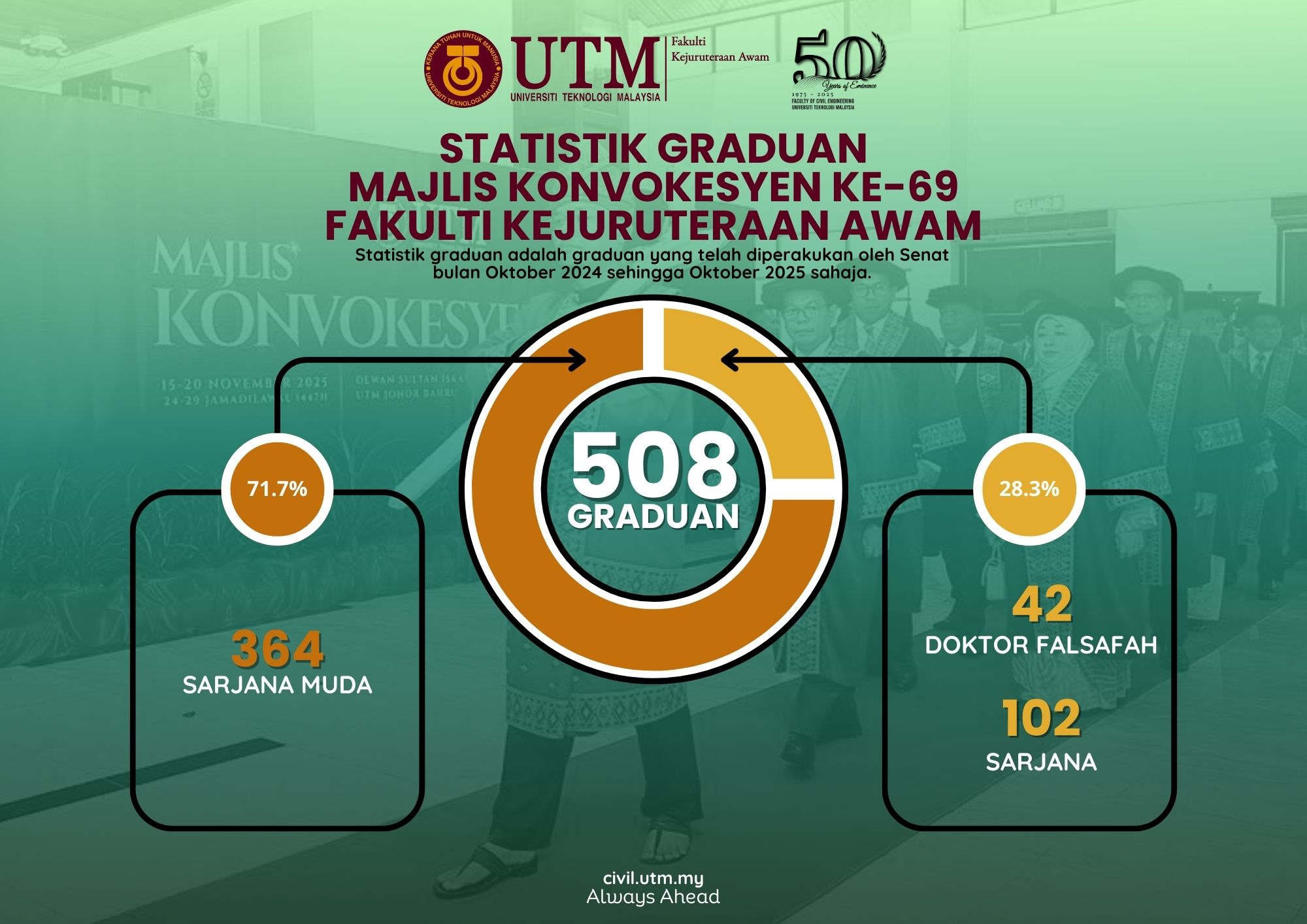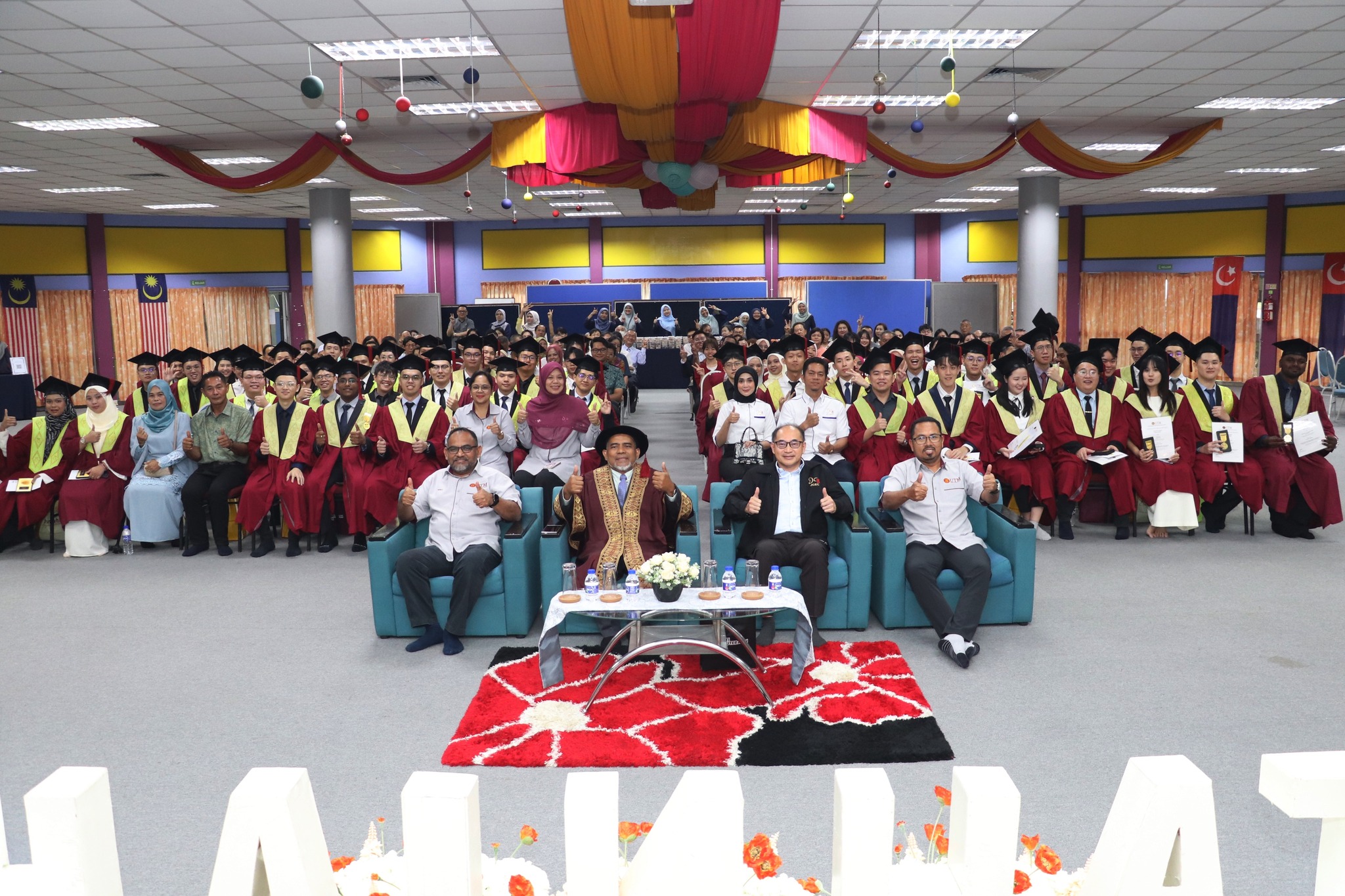By Andrea Licciardi, Quentin Bletery, Bertrand Rouet-Leduc, Jean-Paul Ampuero & Kévin Juhel
Rapid and reliable estimation of large earthquake magnitude (above 8) is key to mitigating the risks associated with strong shaking and tsunamis1. Standard early warning systems based on seismic waves fail to rapidly estimate the size of such large earthquakes. Geodesy-based approaches provide better estimations, but are also subject to large uncertainties and latency associated with the slowness of seismic waves. Recently discovered speed-of-light prompt elastogravity signals (PEGS) have raised hopes that these limitations may be overcome6,7, but have not been tested for operational early warning. Here we show that PEGS can be used in real time to track earthquake growth instantaneously after the event reaches a certain magnitude. We develop a deep learning model that leverages the information carried by PEGS recorded by regional broadband seismometers in Japan before the arrival of seismic waves. After training on a database of synthetic waveforms augmented with empirical noise, we show that the algorithm can instantaneously track an earthquake source time function on real data. Our model unlocks ‘true real-time’ access to the rupture evolution of large earthquakes using a portion of seismograms that is routinely treated as noise, and can be immediately transformative for tsunami early warning.
https://www.nature.com/articles/s41586-022-04672-7




